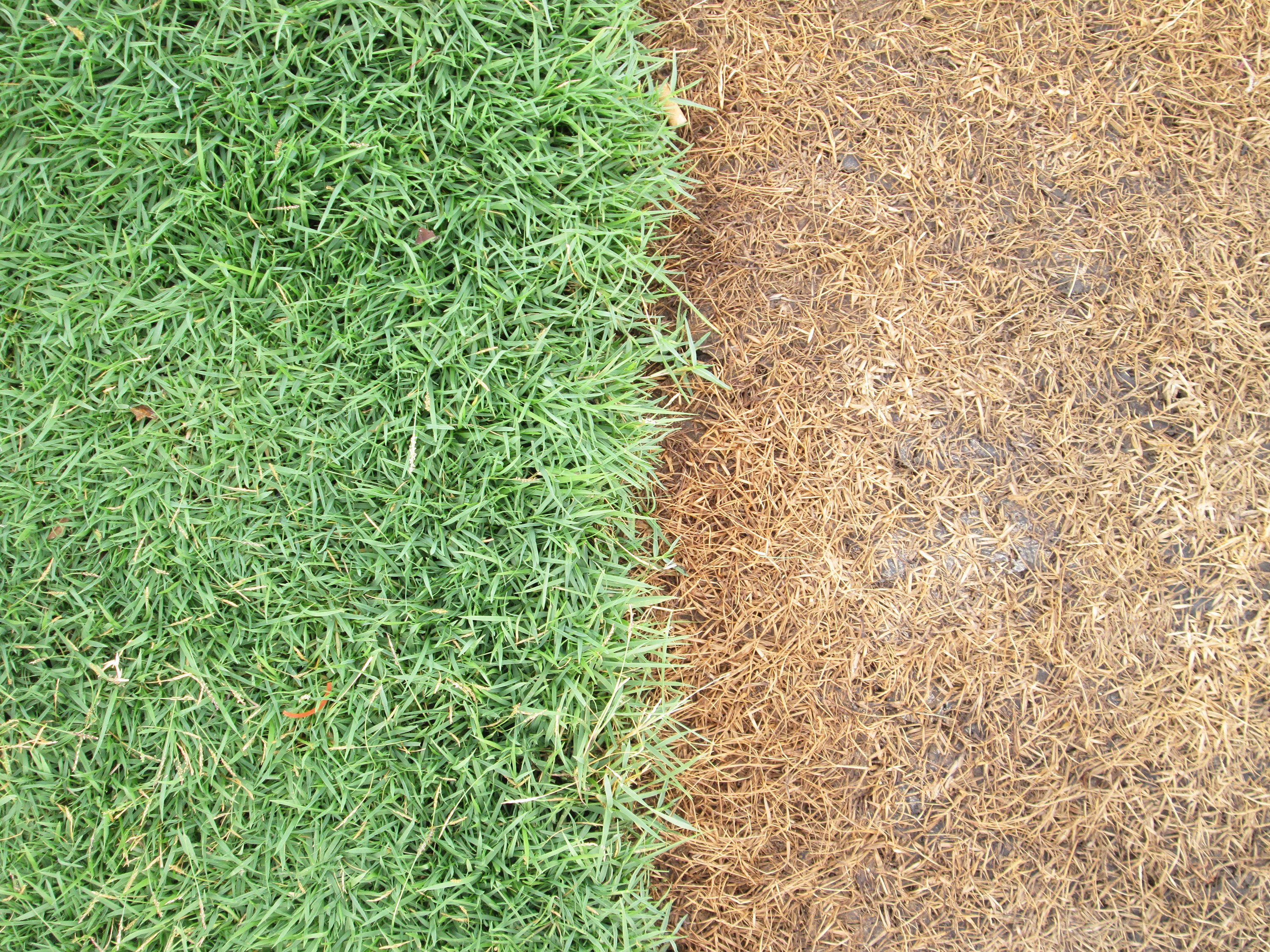It can be easy to think that the brown grass on your landscape is dead, but you could be wrong to assume that. During the summer, depending on the type of grass and the health of the turf, your landscape could be dormant, diseased or dead.
These four tips can help you find out the state of your turf and take action.
Know the difference
Dead is dead. Diseased is sick. And dormant is just sleeping. This might be an over-simplification, but it makes the point.
Once grass has died, you don’t want to spend time trying to treat it. Just work to remove and replace it. If your grass is diseased, you can still save it before it dies with treatment specific to that turf. Dormancy is a natural part of turf life and depending on the season and type of grass, turf will go dormant at different times of the year.
Discover the turf type
Turf type is one of the most important factors in understanding and treating your grass. Cool-season grasses typically go dormant in the summer to protect themselves from the heat, but will green up when temperatures dip in the fall. Conversely, warm-season grasses come alive in warmer months but will sometimes go dormant in the fall.
“For cool-season grass like Tall Fescue, which is a drought-tolerant species, if it goes dormant from lack of water during the summer it will die. On the other hand, Kentucky bluegrass is a drought-avoider and would go dormant but green back up after the return of water,” said Tony Goldsby, Ewing’s National Turf Products Manager.
If your warm-season grass is looking particularly brown in summer, you might have dying grass on your hands. However, if it’s a cool-season turf, it’s likely just gone dormant for the season.
Check the area for spots
While you might think your grass is dead if it’s brown all over, the opposite might be true. If your entire turf area is brown, it could be that the turf is just dormant from heat. When you see spots or brown patches, the turf could be dead or diseased.
If you’re seeing patches in your turf, these Ewing blogs can help you figure out which type of disease is afflicting your grass and how to treat it.
Wait for the weather to change
While it might be tempting to hurry to figure out the status of your turf, the best way to tell whether grass is dead or dormant is to wait for the weather to change. Once fall rolls around, dormant cool-season turf will green up. If there’s no change, your turf could be dead. This means you will need to spend time seeding in the fall.
Have you experienced dead, diseased or dormant grass? What signs did you see and how did you manage it? Let us know in the comments below. If you have additional turf questions, contact your local Ewing store today.




